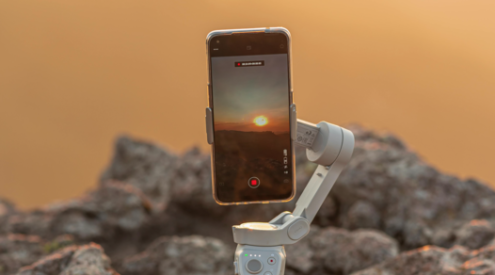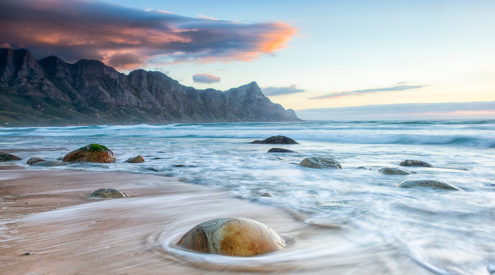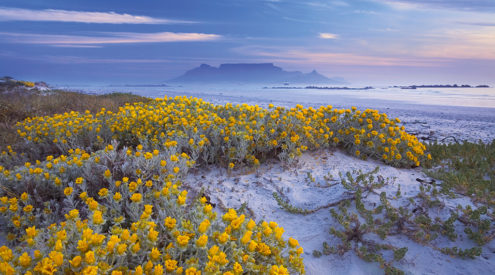Great composition is critically important in making images with impact. All things being equal, getting it right, or very nearly right, in the field is the best way of making great images. No matter how well you compose in the field, however, images can generally be improved with a little tightening through cropping. “˜Noooo,’ I hear the purists howl and, in some ways, I agree with them. Obviously I (and probably every other photographer out there) dream of shooting that one perfect image “˜in camera’ – no processing, cropping or any other adjustments required. Sadly that’s a rare event.
Cropping is not a new digital phenomenon. If you study the prints and negatives of the forefather of landscape photography, Ansel Adams, you quickly realise that his final images were often the result of significant cropping during printing. Adams spent as many hours in the darkroom processing and printing as he did photographing and is quoted as complaining he had many lifetimes’ worth of images. Digital processing just makes the process infinitely easier and more widely accessible.
Here are three basic things to remember when cropping
- To increase the importance of the subject without making it obvious that you have cropped the image, keep your cropping frame in the same ratio as the original – typically 4:3.
- Be careful how much you crop: the more you crop, the less resolution is available for enlargements or prints.
- If you decide to break the typical photo dimensions, do so dramatically for maximum effect. It looks weird when the crop is almost 4:3, but not quite – you’re left with a picture that simply feels odd. Panoramic and square are comfortable extreme crops.

















